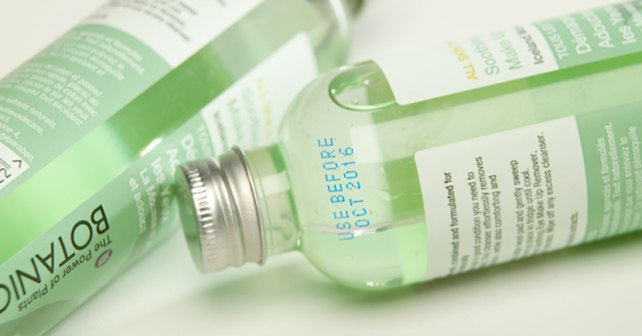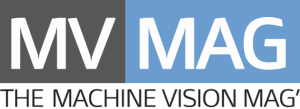
The BBD (Best Before Date) is a common enough sight for all of us. It is mostly used in food and beverage industries but also in pharmaceutical, cosmetic, electronic, and automotive manufacturing.
For high-street customers and retailers it is often the only indicator as to the quality and shelf life of a product. For producers and manufacturers it provides an indication of the eligibility of a part for inclusion in a process as well as complete traceability down to which shift produced an item.
In regulatory industries, this is absolutely essential.
Problem
The (BBD) is often the only indicator of suitability for part of a product. This means it has to be checked precisely to ensure its presence, validity, and whether the content to which it pertains is appropriate.
As BBDs are used on everything from eggs to CPUs it makes the job harder for a camera with only standard lighting.
Solution
With so many features to factor into the solution, a camera’s integrated light will rarely provide the perfect lighting. Your choice will ultimately require knowledge of the shape, colour and material of the part, or product, which has the BBD on it.
Against all the above issues, there are common methods of applying BBDs which often respond to solutions like the following:
Printed by Inkjet
Red or White LEDs: If the method of BBD application was by inkjet, it will respond best to red or white LED lights.
Ring light or Bar lights: Using either a ring light or bar lights (arranged into a parallel or square formation) will provide the best lighting zone for the BBD depending on its shape.
Engraved by Laser
Green LEDs: It is widely recognised that laser engraving responds best to green lighting.
Ring Light with Diffusion Dome: Using a ring light with a diffusion dome will create an
even lighting zone allowing the best possible reading of the BBD.







No Responses to “How to Set up Lighting for Reading Best Before Dates (BBDs)”